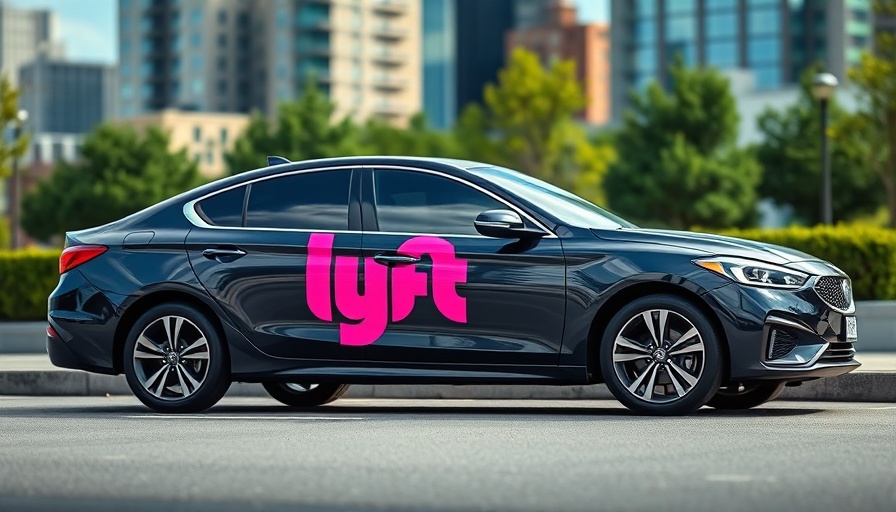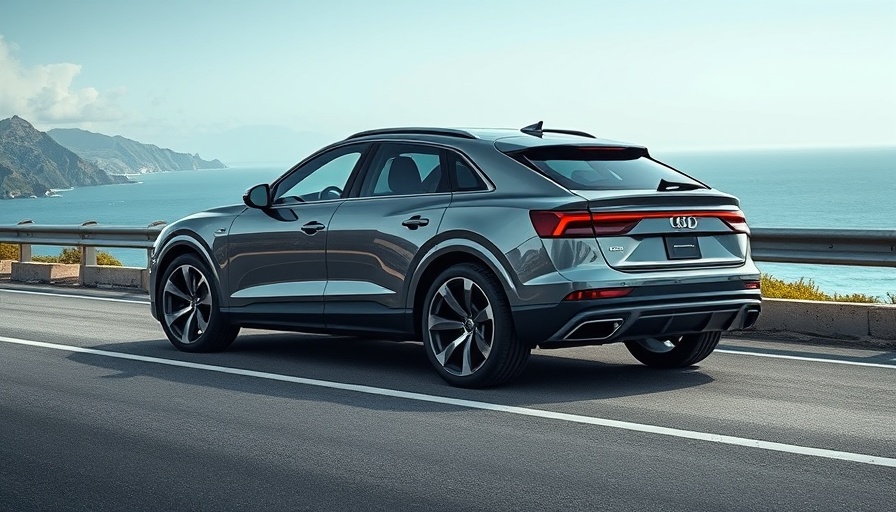
Lyft Poised to Launch Mobileye-Powered Robotaxis in Dallas by 2026
Lyft is gearing up to introduce futuristic robotaxis in Dallas as early as 2026, marking a significant leap in the evolution of ride-hailing and autonomous vehicle technology. This ambitious plan is enabled by a collaboration with Mobileye, known for its advanced driver-assistance systems. Lyft aims to integrate these driverless vehicles into its app, creating a seamless travel experience for users looking for the ultimate in convenience and safety.
The Evolution of Autonomous Ride-Hailing Technologies
In recent years, we have witnessed a surge in automotive innovations surrounding autonomous vehicles (AVs). Companies like Waymo and Tesla are also stepping into the arena, intending to revolutionize public transport. For Lyft, launching its robotaxi service becomes imperative, especially as its competitors race ahead. The technology provided by Mobileye allows Lyft to harness features that promise enhanced safety and more efficient rides through advanced algorithms and real-time data processing.
Understanding Lyft's Strategic Partnerships in the AV Space
In this upcoming venture, Lyft has partnered with Marubeni, a diversified group with interests extending from energy to transportation. While Marubeni may not have a deep history in the ride-hailing market, it intends to finance the fleet of Mobileye-equipped vehicles, which will be critical for Lyft's asset-light business model. Jeremy Bird, Lyft’s Executive Vice President of Driver Experience, remarked on the strategic importance of such partnerships, indicating it changes the parameters of competition in the AV landscape.
Future Predictions: The Rise of Autonomous Fleet Management
As hobbyist and traditional car ownership presents challenges with maintenance costs, Lyft's foray into autonomous fleet management signals a potential shift in consumer attitudes toward transportation. With the advent of EV powertrains and smarter vehicles, one could expect more consumers to look at ride-hailing as a viable alternative to purchasing personal vehicles. This trend holds vast implications for urban mobility, potentially reducing congestion.
What Does the Future Hold for Automotive Technology?
As we look forward to 2026, the integration of autonomous ride-hailing services promises a redefined transportation paradigm. With companies like Uber also pursuing autonomous offerings, it is essential for rideshare businesses to differentiate their services and build user trust. The journey toward full-scale AV deployment will involve lessons learned from early adopters and failures, bringing us to an era where safety features, cost efficiency, and environmental sustainability take precedence.
As an automotive consumer, staying informed about these developments allows you to make educated decisions about future transportation needs. Whether you are a fan of cutting-edge technology or simply exploring new modes of travel, the rise of robotaxis points to exciting times ahead.
Become part of this revolutionary wave by following developments in autonomous vehicles. The integration of tech in our daily driving experiences is growing, and knowledge about these trends can empower you to embrace the future of transportation.
 Add Row
Add Row  Add
Add 




 Add Row
Add Row  Add
Add 

Write A Comment